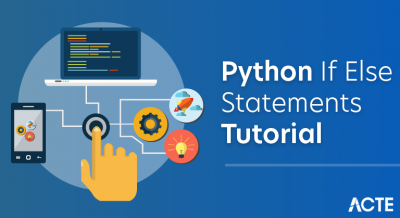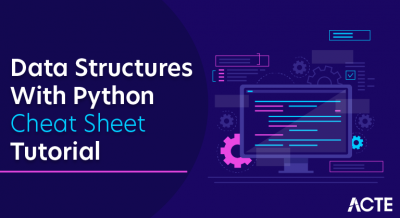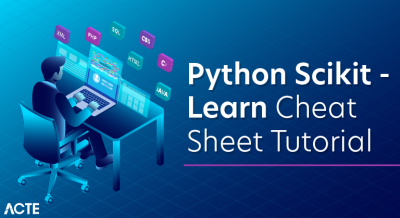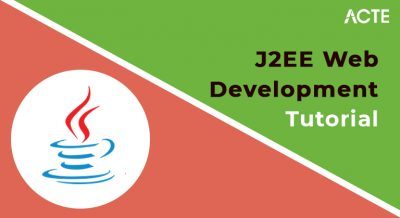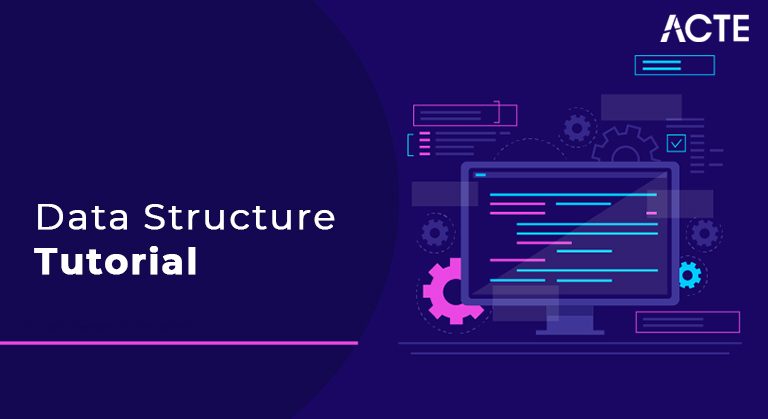
- Introduction to Data Structure
- For what reason to Learn Data Structure and Algorithms?
- Utilizations of Data Structure and Algorithms
- Requirements
- Attributes of a Data Structure
- Outline of Data Structure
- Need for Data Structure
- Parts of Data Structures
- Fundamental Terminology
- Local Environment Setup
- Characteristics of an Algorithm
- How to Write an Algorithm?
- Conclusion
- Fibonacci number series
- Rucksack issue
- Pinnacle of Hanoi
- All pair most brief way by Floyd-Warshall
- Most brief way by Dijkstra
- Project planning
- Crowd
- Number sort
- Boolean sort
- Character type
- Drifting sort
- Cluster
- Stack
- Line
- List
- Crossing
- Looking
- Inclusion
- Erasure
- Arranging
- Combining
- This will be utilized to type your program. Instances of not many editors incorporate Windows Notepad, OS Edit order, Brief, Epsilon, EMACS, and vim or vi.
- The name and the variant of the word processor can change on various working frameworks. For instance, Notepad will be utilized on Windows, and vim or vi can be utilized on Windows just as Linux or UNIX.
- The documents you make with your proofreader are called source records and contain program source code. The source documents for C projects are ordinarily named with the augmentation “.c”.
- Prior to beginning your programming, ensure you have one content manager set up and you have sufficient experience to compose a PC program, save it in a document, arrange it, lastly execute it.
- The source code written in the source record is the intelligible hotspot for your program. It should be “ordered”, to transform into machine language so your CPU can really execute the program according to the given guidelines.
- This C programming language compiler will be utilized to order your source code into a last executable program. We expect you have the fundamental Data about a programming language compiler.
- Most often utilized and free accessible compiler is GNU C/C++ compiler. Any other way, you can have compilers either from HP or Solaris in the event that you have individual Operating Systems (OS).
- The accompanying segment guides you on the most proficient method to introduce GNU C/C++ compiler on different OS. We are referencing C/C++ together on the grounds that GNU GCC compiler works for both C and C++ programming dialects.
- $ gcc – v
- Utilizing worked in specs.
- Target: i386-redhat-linux
- Designed with: ../arrange – – prefix =/usr
- String model: posix
- gcc rendition 4.1.2 20080704 (Red Hat 4.1.2-46)
- On the off chance that GCC isn’t introduced, then, at that point, you should introduce it yourself utilizing the nitty gritty directions accessible at https://gcc.gnu.org/introduce/
- Xcode is presently accessible at developer.apple.com/innovations/apparatuses/
- To introduce GCC on Windows, you really want to introduce MinGW. To introduce MinGW, go to the MinGW landing page, www.mingw.org, and follow the connection to the MinGW download page. Download the most recent rendition of the MinGW Installation program, which ought to be named MinGW-
- While introducing MinWG, at any rate, you should introduce gcc-center, gcc-g++, binutils, and the MinGW runtime, however you might wish to introduce more.
- Add the receptacle subdirectory of your MinGW establishment to your PATH climate variable, with the goal that you can determine these instruments on the order line by their basic names.
- At the point when the establishment is finished, you will actually want to run gcc, g++, ar, ranlib, dlltool, and a few other GNU apparatuses from the Windows order line.
- There are no clear cut principles for composing calculations. Rather, it is issue and asset subordinate. Calculations are never composed to help a specific programming code.
- As we realize that all programming dialects share essential code develops like circles (do, for, while), stream control (if-else), and so on These normal develops can be utilized to compose a calculation.
- We compose calculations in a bit by bit way, yet it isn’t generally the situation. Calculation composing is a cycle and is executed after the issue space is obvious. That is, we should know the issue space, for which we are planning an answer.
Introduction to Data Structure :-
Data Structures are the automatic approach to putting away Data with the goal that Data can be utilized proficiently. Pretty much every endeavor application utilizes different kinds of Data structures in either way. This instructional exercise will give you an extraordinary comprehension on Data Structures expected to comprehend the intricacy of big business level applications and need of calculations, and Data structures.
For what reason to Learn Data Structure and Algorithms?
As applications are getting complicated and Data rich, there are three normal issues that applications face now-a-days.
Data Search − Consider a stock of 1 million(106) things of a store. Assuming that the application is to look through a thing, it needs to look through a thing in 1 million(106) things each time dialing back the pursuit. As Data develops, search will turn out to be more slow.
Processor speed − Processor speed despite the fact that being exceptionally high, falls restricted assuming the Data develops to billion records.
Numerous solicitations − As great many clients can look through Data at the same time on a web server, even the quick server comes up short while looking through the Data.
To tackle the previously mentioned issues, Data structures act the hero. Data can be coordinated in an Data structure so that all things may not be needed to be looked, and the necessary Data can be looked quickly.
Utilizations of Data Structure and Algorithms :-
Calculation is a bit by bit system, which characterizes a bunch of directions to be executed in a specific request to get the ideal result. Calculations are for the most part made free of basic dialects, for example a calculation can be executed in more than one programming language. According to the Data structure perspective, following are a few significant classifications of calculations −
Search − Algorithm to look through a thing in an Data structure.
Sort − Algorithm to sort things in a specific request.
Embed − Algorithm to embed thing in an Data structure.
Update − Algorithm to refresh a current thing in an Data structure.
Erase − Algorithm to erase a current thing from an Data structure.
The accompanying PC issues can be addressed utilizing Data Structures −
This instructional exercise is intended for Computer Science graduates just as Software Professionals who will learn Data designs and calculation programming in straightforward and simple tasks. In the wake of finishing this instructional exercise you will be at halfway degree of skill from where you can take yourself to more elevated level of aptitude.
Requirements :-
Prior to continuing with this instructional exercise, you ought to have a fundamental comprehension of C programming language, content tool, and execution of projects, and so on.
Outline of Data Structure :-
Data Structure is a precise method for getting sorted out Data to utilize it effectively. Following terms are the Installation terms of an Data structure.
Interface − Each Data structure has a point of interaction. Interface addresses the arrangement of activities that an Data structure upholds. A connection point just gives the rundown of upheld tasks, sort of boundaries they can acknowledge and return kind of these activities.
Execution − Implementation gives the inner portrayal of an Data structure. Execution likewise gives the meaning of the calculations utilized in the activities of the Data structure.
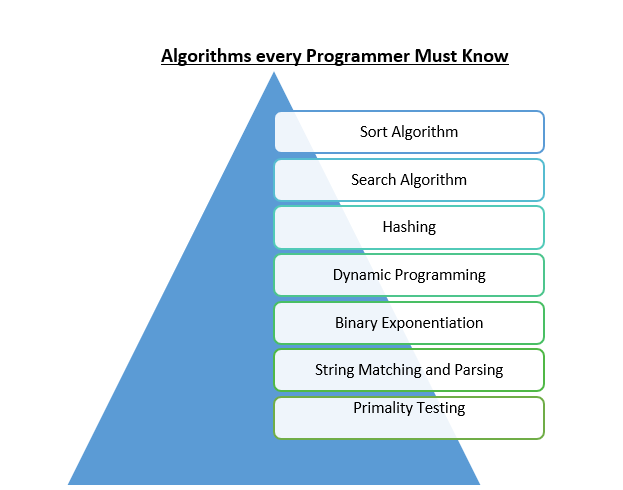
Attributes of a Data Structure :-
Rightness − Data structure execution should carry out its connection point accurately.
Time Complexity − Running time or the execution season of activities of Data structure should be just about as little as could really be expected.
Space Complexity − Memory utilization of an Data structure activity ought to be just about as little as could really be expected.
Need for Data Structure :-
As applications are getting perplexing and Data rich, there are three normal issues that applications face now-a-days.
Data Search − Consider a stock of 1 million(106) things of a store. Assuming the application is to look through a thing, it needs to look through a thing in 1 million(106) things each time dialing back the inquiry. As Data develops, search will turn out to be more slow.
Processor speed − Processor speed despite the fact that being exceptionally high, falls restricted assuming the Data develops to billion records.
Various solicitations − As huge number of clients can look through Data at the same time on a web server, even the quick server comes up short while looking through the Data. To tackle the previously mentioned issues, Data structures act the hero. Data can be coordinated in an Data structure so that all things may not be needed to be looked, and the necessary Data can be looked quickly.
Execution Time Cases :-
There are three cases which are generally used to look at different Data design’s execution time in a relative way.
Most pessimistic scenario − This is the situation where a specific Data structure activity takes greatest time it can take. On the off chance that an activity’s most pessimistic scenario time is ƒ(n) this activity won’t take more than ƒ(n) time where ƒ(n) addresses capacity of n.
Normal Case − This is the situation portraying the normal execution season of an activity of an Data structure. On the off chance that an activity takes ƒ(n) time in execution, m tasks will take mƒ(n) time.
Best Case − This is the situation portraying the most un-conceivable execution season of an activity of an Data structure. On the off chance that an activity takes ƒ(n) time in execution, the genuine activity might take time as the irregular number which would be most extreme as ƒ(n).
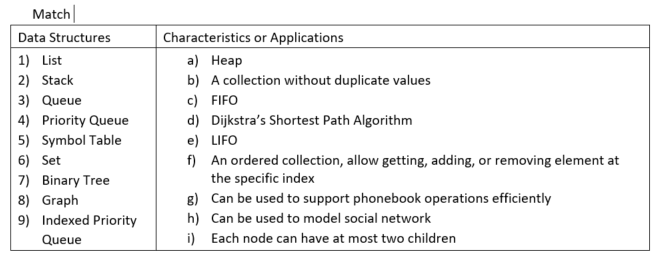
Parts of Data Structures :-
For this situation, you will concentrate on the ideas of the Data structure utilizing C++. The Datatypes are chiefly classified into three significant sorts. These are:
Underlying Data type: These sorts of Data types are predefined and has a decent arrangement of rules for assertion. At the end of the day, these Data types when having a place with a specific programming language has underlying help, and subsequently they are likewise called as inherent Data types. Instances of such Data types are:
Determined Data type: These Data types can be carried out autonomously inside a language. These Data types are worked by joining both essential and underlying Data types and afterward partner procedure on them. Instances of such Data types are:
You may be comfortable with these fundamental Data types assuming that you have perused either C or C++. For managing the different ideas of Data structures, you can utilize any programming language. Yet, it is prescribed to involve either C or C++ for better execution reason. A few explicit tasks process all Data in the Data structures. The particular Data structure that has been picked for the most part relies upon the quantity of season of the event of the activity which should be completed on the Data structure. Names of such activities are recorded beneath:
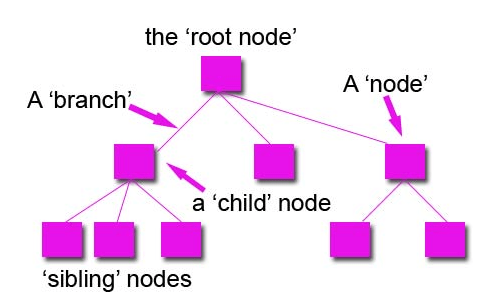
Fundamental Terminology :-
Data − Data are qualities or set of qualities.
Data Item − Data thing alludes to single unit of qualities.
Bunch Items − Data things that are separated into sub things are called as Group Items.
Rudimentary Items − Data things that can’t be separated are called as Elementary Items.
Property and Entity − An element is what contains specific credits or properties, which might be alloted values.
Substance Set − Entities of comparable traits structure an element set.
Field − Field is a solitary rudimentary unit of data addressing a trait of an element.
Record − Record is an assortment of field upsides of a given substance.
Document − File is an assortment of records of the substances in a given element set.
Local Environment Setup :-
On the off chance that you are as yet ready to set up your current circumstance for C programming language, you want the accompanying two instruments accessible on your PC, (a) Text Editor and (b) The C Compiler.
Content manager
The C Compiler
Installation on UNIX/Linux
On the off chance that you are utilizing Linux or UNIX, check whether GCC is introduced on your framework by entering the accompanying order from the order line
This instructional exercise has been composed in light of Linux and every one of the given models have been arranged on Cent OS kind of Linux framework.
Installation on Mac OS
Assuming you use Mac OS X, the least demanding method for acquiring GCC is to download the Xcode advancement climate from Apple’s site and adhere to the straightforward Installation guidelines. When you have Xcode arrangement, you will actually want to involve GNU compiler for C/C++.
Installation on Windows
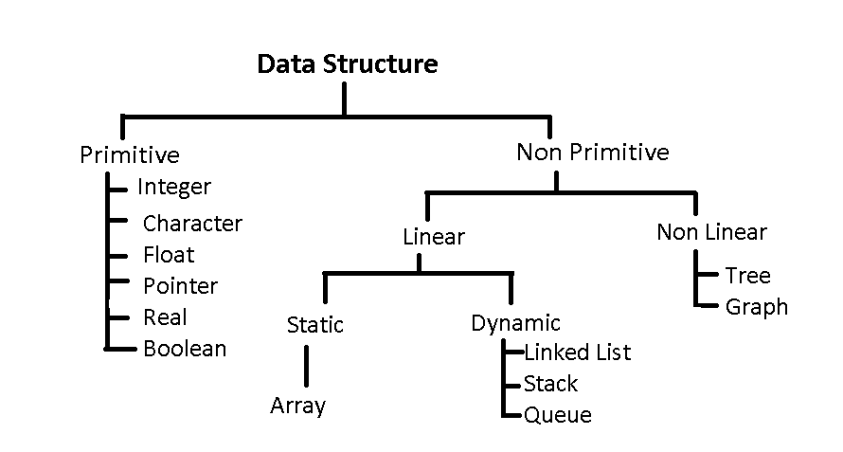
Characteristics of an Algorithm :-
Not everything methodology can be called a calculation. A calculation ought to have the accompanying qualities −
Unambiguous − Algorithm ought to be clear and unambiguous. Every one of its means (or stages), and their bits of feedbacks/results should be clear and should prompt just one importance.
Input − A calculation ought to have at least 0 obvious Data sources.
Yield − A calculation ought to have at least 1 obvious results, and should match the ideal result.
Limit − Algorithms should end after a limited number of advances.
Plausibility − Should be attainable with the accessible assets.
Free − A calculation ought to have bit by bit bearings, which should be autonomous of any programming code.
How to Write an Algorithm?
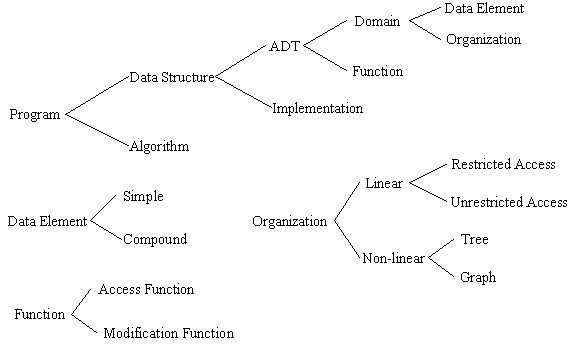
Conclusion :-
Data Structures isn’t simply restricted to Stack, Queues, and Linked Lists however is a seriously huge region. There are a lot more Data structures which incorporate Maps, Hash Tables, Graphs, Trees, and so on Every Data structure enjoys its own benefits and weaknesses and should be utilized by the necessities of the application.


